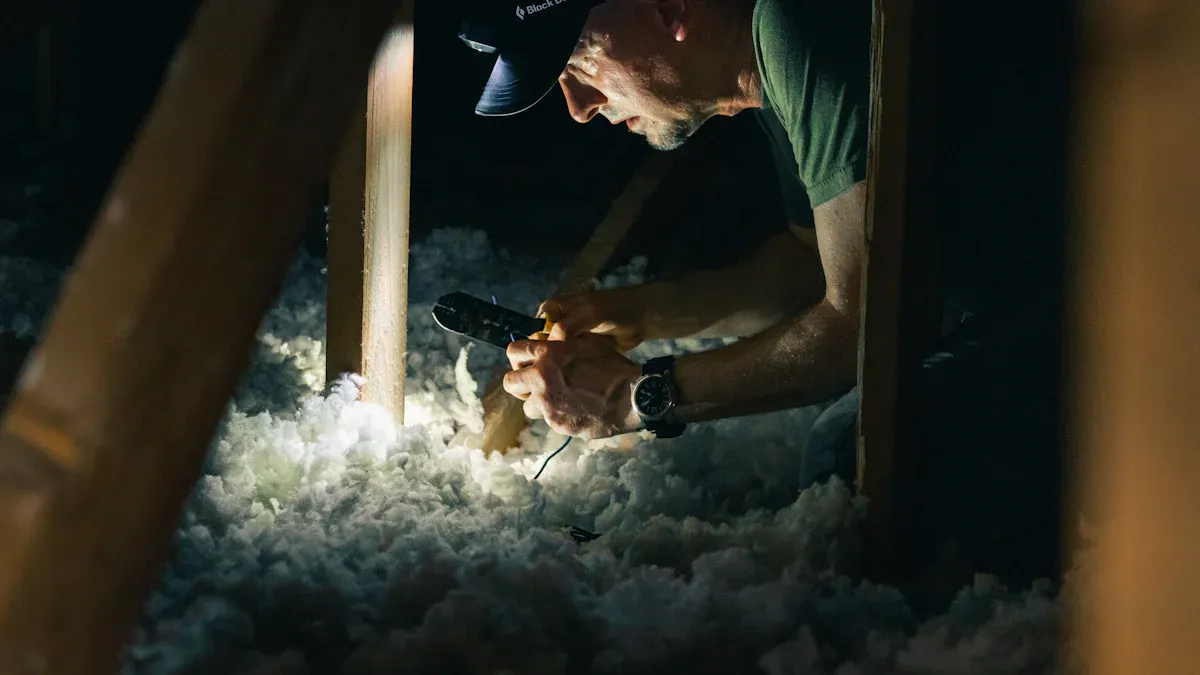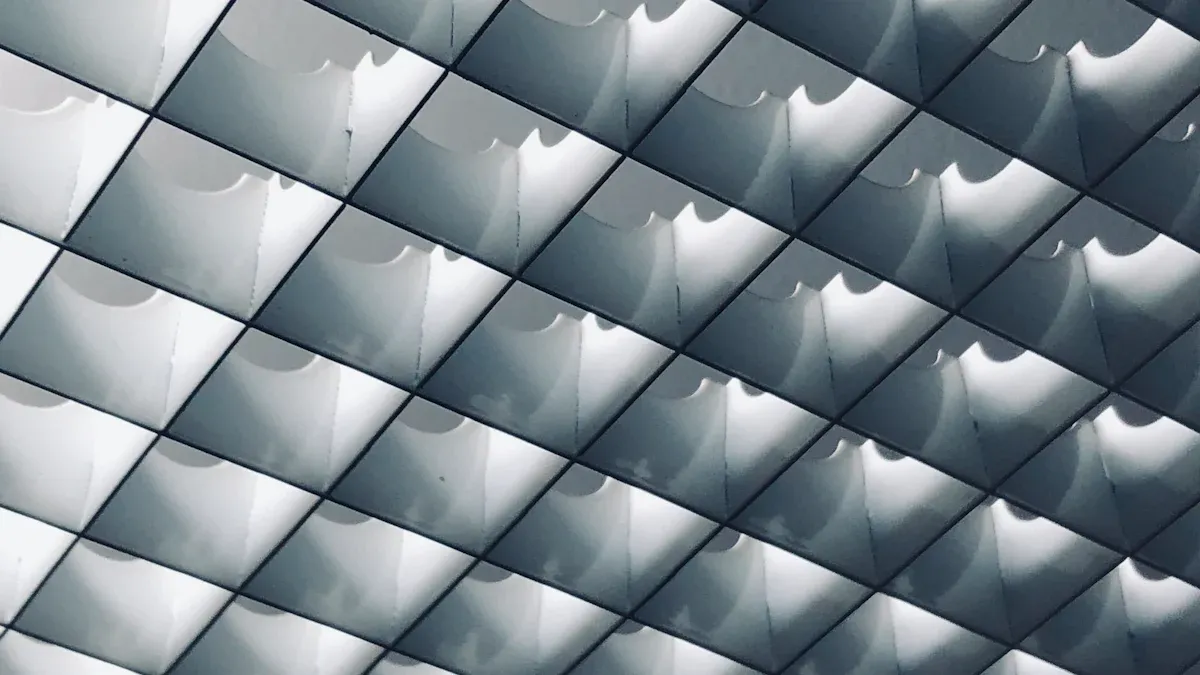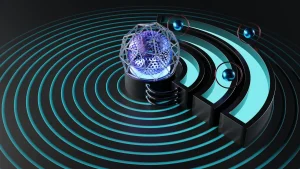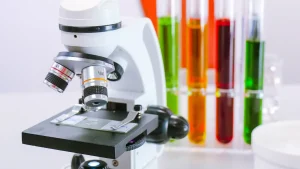
Feutre graphite et Carbon Fiber are essential materials in thermal insulation applications. Graphite Felt stands out in high-temperature environments for its exceptional thermal stability and conductivity, making it perfect for precision-demanding processes. Carbon Fiber provides lightweight strength, making it ideal for specialized applications. With advanced technologies like CVD SIC COATING and CVD TAC COATING, the performance of these materials is significantly enhanced, broadening their industrial applications. Ningbo VET Energy Technology Co., Ltd is dedicated to delivering these high-quality solutions to meet diverse industry needs.
Traits clés
- Graphite Felt works well in very high heat, handling up to 2500ºC. It stays stable and does not let heat pass easily.
- Feutre graphite costs less to make than Carbon Fiber. This makes it a good choice for industries wanting to save money.
- Graphite Felt is strong and lasts a long time. It needs little care and works better in tough jobs than Carbon Fiber.
Thermal Insulation Properties of Graphite Felt and Carbon Fiber

Heat Resistance and Conductivity
Graphite Felt and Carbon Fiber exhibit distinct thermal properties that make them suitable for insulation applications. Graphite Felt demonstrates exceptional heat resistance, with processing temperatures reaching up to 2500ºC. Its thermal conductivity ranges between 0.08 and 0.14 W/m·K, making it ideal for environments requiring controlled heat transfer. In contrast, Carbon Fiber Felt lacks specific numerical data for thermal conductivity but is known for its lightweight structure and moderate heat resistance.
The thermal conductivity of graphite materials depends on their porosity and microstructure. Factors such as bulk density and open porosity, measured according to standards like GB/T 2998-2015 and GB/T24529-2009, influence its performance. Testing with instruments like the DRE-III thermal conductivity measurement device ensures accurate results. These properties make Graphite Felt a preferred choice for applications demanding high thermal stability.
Performance dans les environnements à haute température
Graphite Felt outperforms Carbon Fiber in high-temperature environments due to its superior thermal stability. It maintains structural integrity and insulation efficiency even at extreme temperatures, making it suitable for industrial processes such as vacuum furnaces and energy storage systems. Carbon Fiber, while durable, is less effective in such conditions and is better suited for applications requiring lightweight materials rather than extreme heat resistance.
The ability of Graphite Felt to withstand temperatures up to 2500ºC ensures reliability in demanding applications. Its thermal conductivity, which can range from 200 to 500 W/m·K depending on conditions, further enhances its performance in high-temperature settings. These characteristics make it indispensable for industries requiring consistent thermal insulation under intense heat.
Efficiency in Reducing Heat Transfer
Graphite Felt excels in minimizing heat transfer due to its low thermal conductivity and dense structure. This efficiency is critical in applications where precise temperature control is necessary, such as in aerospace and energy technologies. Carbon Fiber, while effective in reducing heat transfer to some extent, does not match the insulation capabilities of Graphite Felt in high-temperature scenarios.
The compressive strength and porosity of Graphite Felt, tested using standards like GB/T 13,465.3–2014, contribute to its ability to reduce heat transfer effectively. Its dense composition ensures minimal thermal leakage, making it a reliable choice for industries prioritizing energy efficiency and thermal management.
Durability and Longevity of Graphite Felt vs. Carbon Fiber
Résistance à l'usure
Graphite Felt demonstrates remarkable resistance to wear and tear, especially in high-temperature environments. Its dense structure and thermal stability allow it to maintain performance under extreme conditions. Industries such as energy storage and vacuum furnaces rely on its durability to ensure consistent operation. Carbon Fiber, while lightweight and strong, is more prone to degradation in prolonged exposure to heat or abrasive conditions. Its wear resistance depends on the specific application and environmental factors.
Lifespan in Various Applications
The lifespan of Graphite Felt surpasses that of Carbon Fiber in applications requiring thermal insulation. Its ability to withstand temperatures up to 2500ºC ensures long-term reliability in industrial processes. Carbon Fiber excels in applications where strength and weight reduction are critical, such as aerospace and automotive industries. However, its lifespan may shorten in high-temperature scenarios compared to Graphite Felt.
Besoins d'entretien
Graphite Felt requires minimal maintenance due to its thermal stability and resistance to chemical reactions. Regular inspections ensure optimal performance, but its robust nature reduces the need for frequent replacements. Carbon Fiber demands more attention in environments with fluctuating temperatures or mechanical stress. Proper handling and periodic checks are necessary to maintain its structural integrity.
Cost Comparison: Graphite Felt vs. Carbon Fiber
Initial Costs and Affordability
Graphite felt offers a more affordable solution compared to carbon fiber. Its production process involves less complexity, resulting in lower manufacturing costs. Studies indicate that graphite materials can be up to 50 times cheaper than carbon fiber alternatives. For instance, in large-scale applications like microbial electrochemical cells (MECs), switching from high-cost electrode materials priced at 100 €/m² to graphite-based options costing 50 €/m² could save millions. This affordability makes graphite felt an attractive choice for industries prioritizing cost efficiency without compromising performance.
Carbon fiber, on the other hand, commands a higher price due to its advanced manufacturing techniques and superior strength-to-weight ratio. While its initial cost is higher, its lightweight properties and mechanical strength justify the investment in applications requiring these features.
Long-Term Cost-Effectiveness
Graphite felt demonstrates excellent long-term cost-effectiveness. Its durability and minimal maintenance requirements reduce replacement and operational costs over time. Industries utilizing graphite felt benefit from its ability to maintain performance under extreme conditions, ensuring consistent results and lower lifecycle expenses.
Carbon fiber, while durable, may incur higher maintenance costs in high-temperature environments. Its long-term value depends on the specific application and environmental factors. For industries prioritizing lightweight materials, carbon fiber remains a worthwhile investment despite its higher maintenance needs.
Market Availability and Trends
The market for graphite felt and carbon fiber continues to grow, driven by advancements in energy, aerospace, and industrial applications. Recent studies highlight significant growth forecasts for both materials.
| Study Title | Principales perspectives | Growth Forecast |
|---|---|---|
| Global Carbon Felt and Graphite Felt Market | Detailed insights on market size, growth forecasts, and key players. | Integrated supply chain analysis to support market growth. |
| Carbon Felt and Graphite Felt Market Size, Demand, Research, & Insights 2033 | Expected to reach USD 2.5 billion by 2033, growing at a CAGR of 9.5%. | Segmented by end-use industry and application. |
| Carbon & Graphite Felt Market Size Report, 2023 – 2032 | High purity segment held 45% market share in 2022. | Expected growth driven by aerospace and energy sectors. |
| Carbon Felt & Graphite Felt Market Size, Share, Growth, And Industry Analysis | Projected to reach USD 448.58 Million by 2033, with a CAGR of 11.26%. | Comprehensive SWOT analysis included. |
These insights reveal a promising future for both materials, with graphite felt gaining traction due to its affordability and versatility. Ningbo VET Energy Technology Co., Ltd remains at the forefront of this growth, offering high-quality graphite felt solutions tailored to evolving market demands.
Applications of Graphite Felt and Carbon Fiber

Demandes industrielles
Graphite felt plays a pivotal role in industrial applications requiring high thermal resistance and efficient insulation. Industries rely on its ability to withstand extreme temperatures, making it indispensable in high-temperature furnaces and vacuum systems. Its low thermal conductivity ensures minimal heat loss, which is crucial for processes demanding precise thermal control.
- In the aerospace sector, graphite felt is used for thermal insulation in spacecraft and satellites, where temperature fluctuations are significant.
- Fuel cells benefit from graphite felt’s excellent electrical conductivity and corrosion resistance, making it ideal for gas diffusion layers and bipolar plates.
- The automotive industry employs graphite felt for insulating engine compartments and battery components, particularly in electric vehicles.
- Electronics manufacturers utilize graphite felt in heat sinks and thermal pads to manage heat in compact devices effectively.
Carbon fiber also finds applications in industries prioritizing lightweight materials. Its strength-to-weight ratio makes it suitable for structural components in manufacturing and construction. However, graphite felt remains the preferred choice for applications requiring superior thermal insulation and stability.
Aerospace and Automotive Uses
The aerospace and automotive industries demand materials that combine durability, thermal efficiency, and lightweight properties. Graphite felt meets these requirements in aerospace applications, where it serves as thermal insulation for spacecraft and high-altitude aircraft. Its ability to maintain structural integrity under extreme temperatures ensures reliability in critical missions.
In automotive applications, graphite felt contributes to the thermal management of electric vehicle batteries. It prevents overheating and enhances energy efficiency, addressing the growing demand for sustainable transportation solutions. Carbon fiber complements these efforts by providing lightweight structural components that improve vehicle performance and fuel efficiency. Together, these materials enable advancements in aerospace and automotive technologies.
Specialized Applications in Energy and Technology
Recent innovations have expanded the use of graphite felt and carbon fiber in energy and technology sectors. Graphite felt’s enhanced thermal conductivity and structural integrity make it ideal for energy storage systems, including lithium-ion batteries and supercapacitors. Its ability to withstand high temperatures and resist corrosion ensures long-term performance in demanding environments.
Advancements in graphitization techniques have further improved graphite felt’s properties, enabling its use in fuel cells and heat shields. Composite felts and specialized coatings enhance mechanical strength and energy efficiency, making them suitable for cutting-edge applications. Carbon fiber also contributes to energy technologies by providing lightweight solutions for wind turbine blades and solar panel supports.
These materials continue to drive innovation in energy and technology, with graphite felt leading the way in applications requiring superior thermal management and durability. Ningbo VET Energy Technology Co., Ltd remains committed to delivering high-quality graphite felt solutions tailored to these evolving needs.
Environmental Impact of Graphite Felt and Carbon Fiber
Sustainability and Carbon Footprint
Graphite felt demonstrates a lower carbon footprint compared to carbon fiber due to its simpler manufacturing process. Producing graphite felt requires less energy and fewer raw materials, making it a more sustainable option for industries prioritizing eco-friendly solutions. Its ability to withstand high temperatures without degradation reduces waste, as fewer replacements are needed over time.
Carbon fiber, while lightweight and durable, involves energy-intensive production methods. The use of high-temperature pyrolysis and chemical treatments contributes to its higher environmental impact. However, advancements in manufacturing technologies aim to reduce emissions and improve the sustainability of carbon fiber production.
Conseil: Industries seeking greener alternatives should consider graphite felt for applications requiring thermal insulation. Ningbo VET Energy Technology Co., Ltd offers graphite felt solutions designed to meet both performance and sustainability goals.
Recycling and Reusability
Graphite felt excels in reusability due to its robust structure and resistance to chemical reactions. It can be repurposed in various applications, such as energy storage systems and industrial insulation, without significant loss of performance. Recycling graphite felt involves straightforward processes, making it an attractive choice for industries focused on circular economy practices.
Carbon fiber recycling presents challenges due to its complex composition. Specialized techniques, such as pyrolysis and solvolysis, are required to recover usable fibers. These methods, while effective, remain costly and energy-intensive. Despite these hurdles, carbon fiber recycling initiatives continue to grow, driven by demand for sustainable materials in aerospace and automotive sectors.
Environmental Considerations for Each Material
Graphite felt offers a more environmentally friendly profile, especially in applications requiring high-temperature stability. Its production generates fewer emissions, and its recyclability aligns with global sustainability goals. Industries leveraging graphite felt benefit from reduced environmental impact without compromising performance.
Carbon fiber, while less eco-friendly, remains indispensable for applications requiring lightweight and high-strength materials. Efforts to improve its recyclability and reduce production emissions are critical for minimizing its environmental footprint.
Ningbo VET Energy Technology Co., Ltd supports industries in adopting sustainable practices by providing high-quality graphite felt solutions tailored to diverse applications. Their commitment to innovation ensures that businesses can achieve both performance and environmental objectives.
Graphite felt excels in high-temperature environments, offering unmatched thermal insulation efficiency. Industry data highlights its superior performance, as shown below:
| Type de matériau | Efficiency in High-Temperature | Notes |
|---|---|---|
| Rayon Graphite Felt | More efficient than PAN felt | Superior thermal insulation properties |
| GMI Board Material | Most efficient overall | Efficiency increases with temperature rise |
| All-Metal Hot Zones | Least efficient | Poor thermal insulation performance |
For applications requiring lightweight and high-strength materials, carbon fiber remains the preferred choice. Comparative data underscores its mechanical advantages:
| Biens | CFRP Composite | BFRP Composite |
|---|---|---|
| Flexural Strength (psi) | 3858 | SANS OBJET |
| Compression Modulus (ksi) | 2509 | SANS OBJET |
| Strain Amount (%) | 23 | SANS OBJET |
Ningbo VET Energy Technology Co., Ltd provides high-quality graphite felt solutions tailored to diverse industrial needs. Selecting between these materials depends on specific applications, budget constraints, and environmental goals.
FAQ
What makes graphite felt superior for high-temperature insulation?
Graphite felt withstands temperatures up to 2500ºC while maintaining thermal stability. Its low thermal conductivity ensures efficient insulation in extreme industrial environments.
Can graphite felt and carbon fiber be used together?
Yes, combining graphite felt’s thermal insulation with carbon fiber’s lightweight strength enhances performance in applications like aerospace, automotive, and energy storage systems.
Where can industries source high-quality graphite felt?
Ningbo VET Energy Technology Co., Ltd offers premium graphite felt solutions tailored to meet diverse industrial requirements, ensuring reliability and performance in demanding applications.






